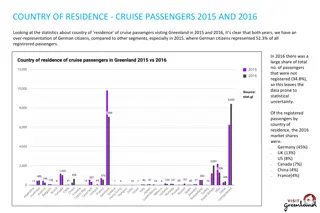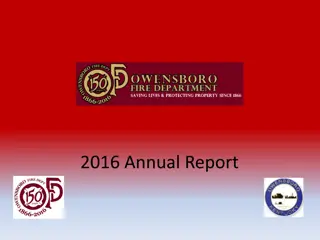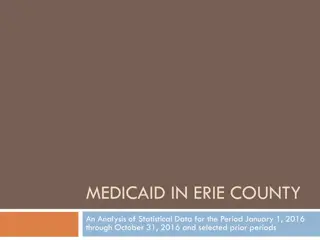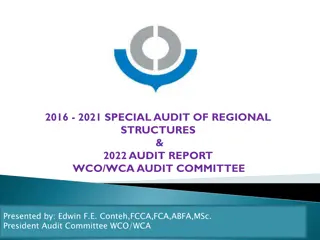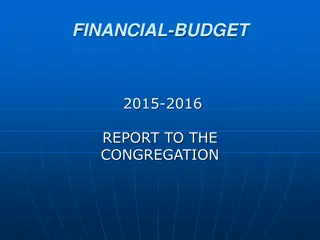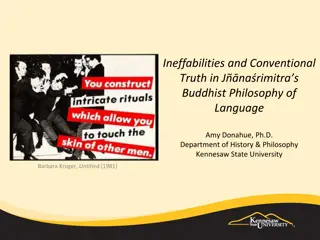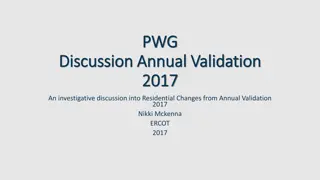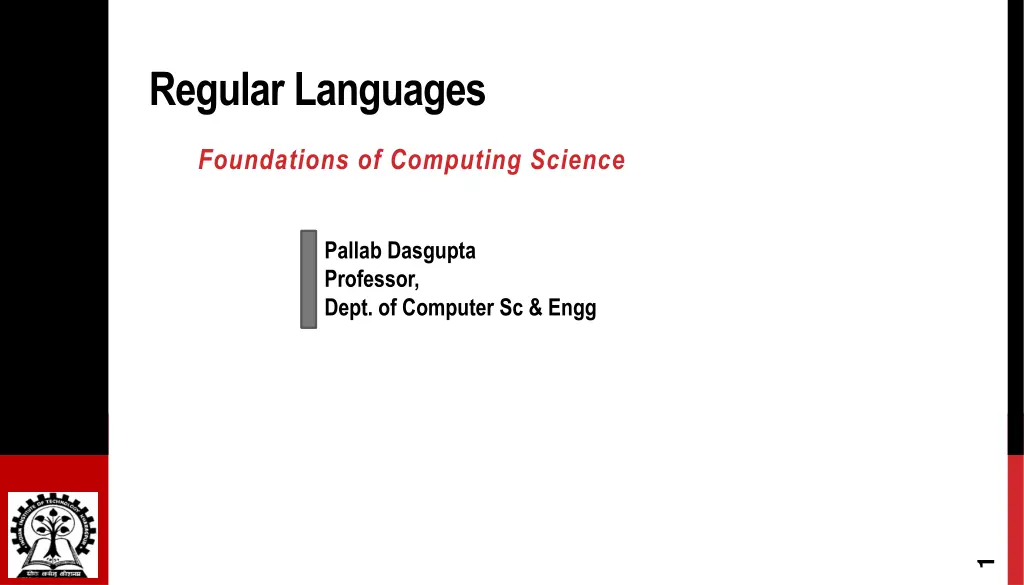
Foundations of Regular Languages in Computing Science
Explore the fundamentals of deterministic and non-deterministic finite automata in computing science through detailed explanations and examples provided by Professor Pallab Dasgupta. Learn about regular languages, acceptance, and recognition criteria by DFA and NFA, enhancing your understanding of computational theory. Dive into the world of automata theory and enrich your knowledge base in this specialized field of computer science.
Download Presentation

Please find below an Image/Link to download the presentation.
The content on the website is provided AS IS for your information and personal use only. It may not be sold, licensed, or shared on other websites without obtaining consent from the author. If you encounter any issues during the download, it is possible that the publisher has removed the file from their server.
You are allowed to download the files provided on this website for personal or commercial use, subject to the condition that they are used lawfully. All files are the property of their respective owners.
The content on the website is provided AS IS for your information and personal use only. It may not be sold, licensed, or shared on other websites without obtaining consent from the author.
E N D
Presentation Transcript
Regular Languages Foundations of Computing Science Pallab Dasgupta Professor, Dept. of Computer Sc & Engg 1
Deterministic Finite Automaton (DFA) A deterministic finite automaton (DFA) is a 5-tuple (Q, , , q0, F), where Q is a finite set called the set of states, is a finite set called the alphabet, : Q Q is the transition function, q0 Q is the start state, and F Q is the set of accept states (final states) 0 Example: M = (Q, , , q1, F), where Q = {q1, q2, q3}, = {0,1}, is described as q1is the start state F = {q2} q1 0 1 1 q3 0 q1 q1 q2 q2 q3 q2 Q q2 0,1 q3 q2 q2 1 2
Acceptance/Recognition by DFA Let M = (Q, , , q0, F) be a deterministic finite automaton and w = w1w2 wn be a string where each wi . Then M accepts w if a sequence of states r0, r1, , rn in Q exists with three conditions: r0 = q0, (ri,wi+1) = ri+1, for i = 0, 1, , n-1, and rn F Therefore, M recognizes language AM if AM = {w | M accepts w} 0 Example: L(M1) = AM1 (M1 recognizes/accepts AM1), where AM1 = {w | w contains at least one 1 and an even number of 0s follow the last 1} q1 q3 0 1 0,1 q2 1 DFA M1 3
Non-deterministic Finite Automaton (NFA) A non-deterministic finite automaton (NFA) is a 5-tuple (Q, , , q0, F), where Q is a finite set called the set of states, is a finite set called the alphabet, : Q P(Q) is the transition function, q0 Q is the start state, and F Q is the set of accept states (final states) Example: N = (Q, , , q1, F), where Q = {q1, q2, q3, q4}, = {0,1}, is described as q1is the start state F = {q4} 0, 1 q1 1 q2 0 1 0, q1 {q1} {q1, q2} q2 {q3} {q3} q3 1 Q q4 q3 {q4} 0,1 q4 {q4} {q4} 4
Acceptance/Recognition by NFA Let N = (Q, , , q0, F) be a non-deterministic finite automaton and y = y1y2 yn be a string where each yi . Then N accepts y if a sequence of states r0, r1, , rmin Q exists with three conditions: r0 = q0, ri+1 (ri,yi+1), for i = 0, 1, , m-1, and rm F Therefore, N recognizes language AN if AN = {y | N accepts y} Example: 0, 1 L(N1) = AN1 (N1 recognizes/accepts AN1), where AN1 = {y | y contains either 101 or 11 as a substring} q1 q2 1 0, 1 q3 q4 0,1NFA N1 5
Regular Operations A language is called a regular language iff some DFA recognizes it Let A and B be regular languages. The regular operations union, concatenation and star are defined as follows: Union: A U B = {x | x A or x B} Concatenation: A B = {xy | x A and y B} Binary Operation Unary Operation Star: A* = {x1x2 xk| k 0 and xi A} 6
Closure under Regular Operations Closure Theorems: The class of regular languages is closed under the union operation (if A1 and A2 are regular languages, so is A1 U A2) The class of regular languages is closed under the concatenation operation (if A1 and A2 are regular languages, so is A1 A2) The class of regular languages is closed under the star operation (if A is a regular language, so is A*) 7
Regular Expressions R is a regular expression if R is a for some a in the alphabet , , , (R1 U R2), where R1 and R2 are regular expressions (R1 R2), where R1 and R2 are regular expressions R1*, where R1 is a regular expression Some Important Identities: R+ RR* and R+ U R* R U R and R R (R U ) may not equal R (Ex: if R = 0; then L(R) = {0}, but L(R U ) = {0, }) (R ) may not equal R (Ex: if R = 0; then L(R) = {0}, but L(R ) = ) Example of Regular Expression Let D = {0, 1, 2, 3, 4, 5, 6, 7, 8, 9} is the alphabet of decimal digits; then a numerical constant that may include a fractional part and/or a sign may be described as a member of the language: (+ U U ) (D+ U ( D+ . D*) U ( D* . D+)) 8
Equivalence with Finite Automata Two finite automata are equivalent if they accept the same regular language Theorems: Every non-deterministic finite automaton has an equivalent deterministic finite automaton A language is regular if and only if some non-deterministic finite automaton recognizes/accepts it A language is regular if and only if some regular expression describes it If a language L is accepted by a DFA, then L is denoted by a regular expression Non-deterministic Finite Automata Non-deterministic Finite Automata with -moves Deterministic Finite Automata Regular Expressions 9
Regular Expression NFA (with -moves) Let R be a regular expression. Then there exists an NFA with -transitions (M) that accepts L(R). The construction procedure is as follows: a q0 q0 qf q0 qf R = a R = R = M1 f1 f2 M2 q1 q2 For Concatenation: L(M) = L(M1) L(M2) M1 f1 q1 f0 q0 M2 f2 q2 M1 f1 f0 q0 q1 For Union: L(M) = L(M1) U L(M2) For Star: L(M) = L(M1)* 10
Pumping Lemma: Proving Non-regularity If A is a regular language, then there is a number p (the pumping length) where, s is any string in A of length at least p, then s may be divided into three pieces, s = xyz satisfying the following conditions: For each i 0, x yiz A |y| > 0, and |xy| p Examples: The following languages (denoted by B, C, D, E, F) are not regular: B = {0n1n | n 0} C = {w | w has an equal number of 0s and 1s} F = {ww | w {0, 1}*} D = {1n| n 0} E = {0i1j | i > j} 11

